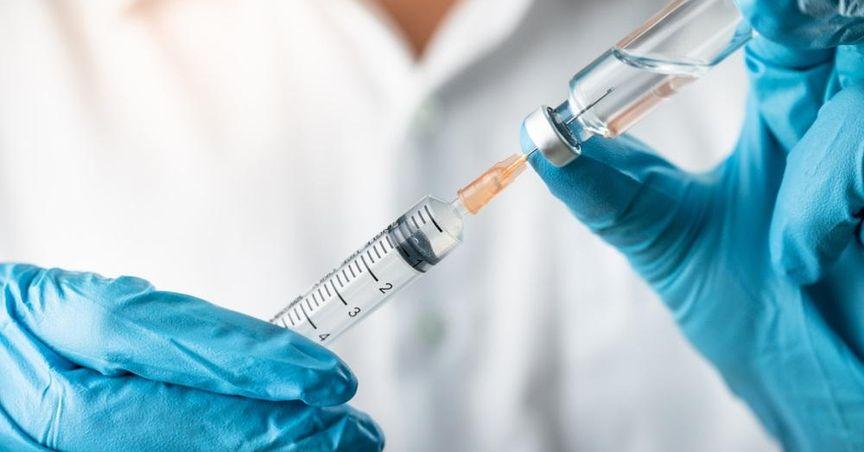Highlights
- Rakovina Therapeutics (TSXV:RKV) showcased its novel kt-3000 series in cancer research at the EORTC-NCI-AARC Symposium in Barcelona.
- The kt-3000 compounds act as bifunctional inhibitors targeting both PARP and HDAC enzymes, showing enhanced efficacy in preclinical studies.
- Ongoing efforts focus on optimizing these compounds to potentially reduce treatment resistance and toxicity in cancer therapies.
Rakovina Therapeutics Inc has taken significant strides in cancer research, showcasing its work on innovative small-molecule inhibitors during the recent EORTC-NCI-AARC Symposium in Barcelona, Spain. Known for its focus on DNA-damage response technology, Rakovina addresses critical challenges in cancer treatment, aiming to enhance efficacy and minimize side effects. The company's novel kt-3000 series, a unique class of bifunctional small molecules, has shown promising results in preclinical trials by targeting specific mechanisms of treatment resistance.
The kt-3000 Series: A New Class of Cancer Treatment Compounds
The kt-3000 series stands out for its bifunctional approach, combining PARP (poly-ADP ribose polymerase) and HDAC (histone deacetylase) inhibition. By targeting these two enzymes, the compounds demonstrate potential efficacy in treating cancers that are resistant to traditional therapies. Preclinical studies indicate the kt-3000 series’ capability to inhibit both PARP1/2 and HDAC enzymes, which are associated with DNA repair and gene expression regulation, respectively. This dual-action mechanism enhances the ability of the compounds to target both homologous recombination (HR)-deficient and HR-proficient cancer cells, broadening their potential application.
Preclinical Success and Enhanced Efficacy
In preclinical models, the kt-3000 compounds have shown increased efficacy, particularly in cases where cancers exhibit treatment resistance. By simultaneously targeting PARP and HDAC, the kt-3000 series may address the limitations of single-action inhibitors and potentially reduce the development of resistance in cancer cells. This approach allows the compounds to attack cancer cells from multiple angles, which is especially crucial for treating forms of cancer that are either naturally resistant or have developed resistance through previous treatments.
Potential to Minimize Toxicity in Cancer Treatments
One of the critical challenges in cancer treatment is managing toxicity levels, particularly in combination therapies where multiple drugs are used to improve treatment outcomes. Rakovina's bifunctional inhibitors in the kt-3000 series could offer a way to minimize this issue. By incorporating both PARP and HDAC inhibition into a single molecule, these compounds may reduce the need for additional drugs, potentially lowering the cumulative toxicity associated with traditional combination therapies. This approach not only aims to enhance patient safety but also seeks to maintain or improve therapeutic efficacy.
Development and Future Directions for kt-3000 Compounds
Following the encouraging results from preclinical studies, Rakovina Therapeutics is advancing its kt-3000 series with ongoing medicinal chemistry efforts. The goal is to refine and optimize the properties of the lead compound, kt-3283, in preparation for future human clinical trials. The research focuses on developing formulations that support enhanced stability, bioavailability, and targeted action within the body. This optimization process is crucial in ensuring that the compounds are both effective and safe for potential future applications in cancer treatment.
Rakovina Therapeutics’ research in the kt-3000 series marks a promising advancement in the field of cancer treatment, particularly for cases involving treatment resistance. The kt-3000 compounds' dual-action mechanism and potential to reduce toxicity offer a valuable addition to current therapeutic strategies. As Rakovina continues its work on refining and preparing the kt-3000 series for clinical trials, the company contributes to the broader goal of developing innovative solutions in cancer care.




